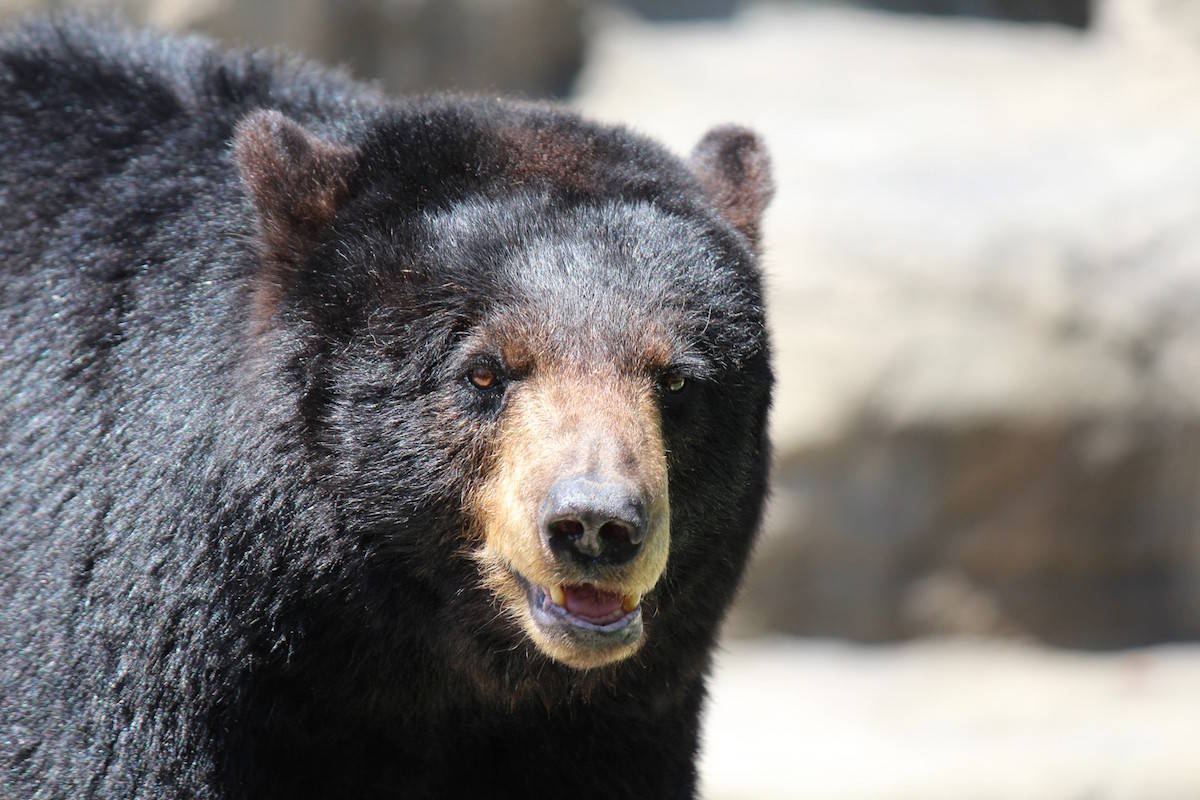The first fatal cougar attack in Washington state since 1924 occurred on May 19 near Lake Handcock near North Bend. The Washington State Department of Fish and Wildlife lists a number of ways on its website to ward off cougars and other wildlife.
Cougar attacks are very rare, with only around 25 fatal attacks and around 100 non-fatal attacks documented over the last century in North America. They have been increasing over the previous 20 years, but as a rule the animals are not prone to attacking humans, instead preferring to prey on smaller animals. When on the hunt, the predators can leap 15 feet vertically and use their paws to trip prey, bringing them to the ground where they deliver a kill-bite. Cougars use natural cover to stock their prey and are most active during the twilight and early morning hours.
Ways to ward off cougars include making noise while hiking and staying in small groups. Keeping campsites clean is a good way to avoid attracting cougars, bears and coyotes. If hikers or campers encounter a cougar, running is a bad idea as it can trigger the animal’s hunting instincts. Instead, officials advise trying to appear larger than the cougar and shouting, waving and throwing rocks if it doesn’t back off. If a cougar attacks, fight back and try to avoid being knocked to the ground.
However, the most effective way to defend against cougars, bears and other wildlife is strong pepper spray, commonly known as bear spray, Washington Fish and Wildlife cougar and bear specialist Rich Beausoleil said. It is more effective than guns since it has a range of 90 feet and doesn’t need to be accurately aimed.
“It gives you a little bit of freedom to not be dead on in your aim,” Beausoleil said.
Aside from having bear spray, the cyclists who were attacked last weekend did everything right, Beausoleil said. It is unknown why the cougar attacked the cyclists, but Beausoleil said it was underweight by around 30 pounds. The cougar’s carcass has been sent to a lab for tests, which should help pinpoint why it attacked.
Most wildlife interactions occur on trails since they provide the same benefits to animals as humans. Another way to keep from surprising animals is by periodically blowing a whistle.
“Wildlife use those too,” Beausoleil said. “You want to just avoid that surprise encounter.”
Black bears are far more plentiful in Washington, with an estimated population of around 25,000. Black bears tend to avoid humans but they can be lured in to campgrounds if food is improperly stored. The Department of Fish and Wildlife recommends people keep food in vehicle trunks, or hung from a tree branch at least 10 feet above the ground and 4 feet away from the trunk of the tree.
If bears get close it’s best to avoid direct eye contact while standing up, making noise and waving arms and backing away while facing the bear. If a bear attacks then people should fight back and, as a last resort, curl into a ball or lay on their stomachs and play dead. Bear spray, a potent form of pepper spray, is also a good deterrent.
Moose and coyotes can also pose a risk to humans. Coyotes are generally skittish around people and are easily scared off by throwing rocks and shouting. Starter pistols and vinegar-filled super soakers can drive them off as well.
While there are only around 3,000 moose that live in Washington, generally concentrated in the northeast corner of the state, they can also be dangerous though attacks are similarly rare. The best way to avoid conflict with moose is to give them space and back away from them. If they attack, the best advice is to curl up and protect the head and hold still while not getting up until the moose moves a safe distance away or it could come back.
A full list of animals and how to safely interact with them can be found at the Washington Department of Fish and Wildlife’s website.


